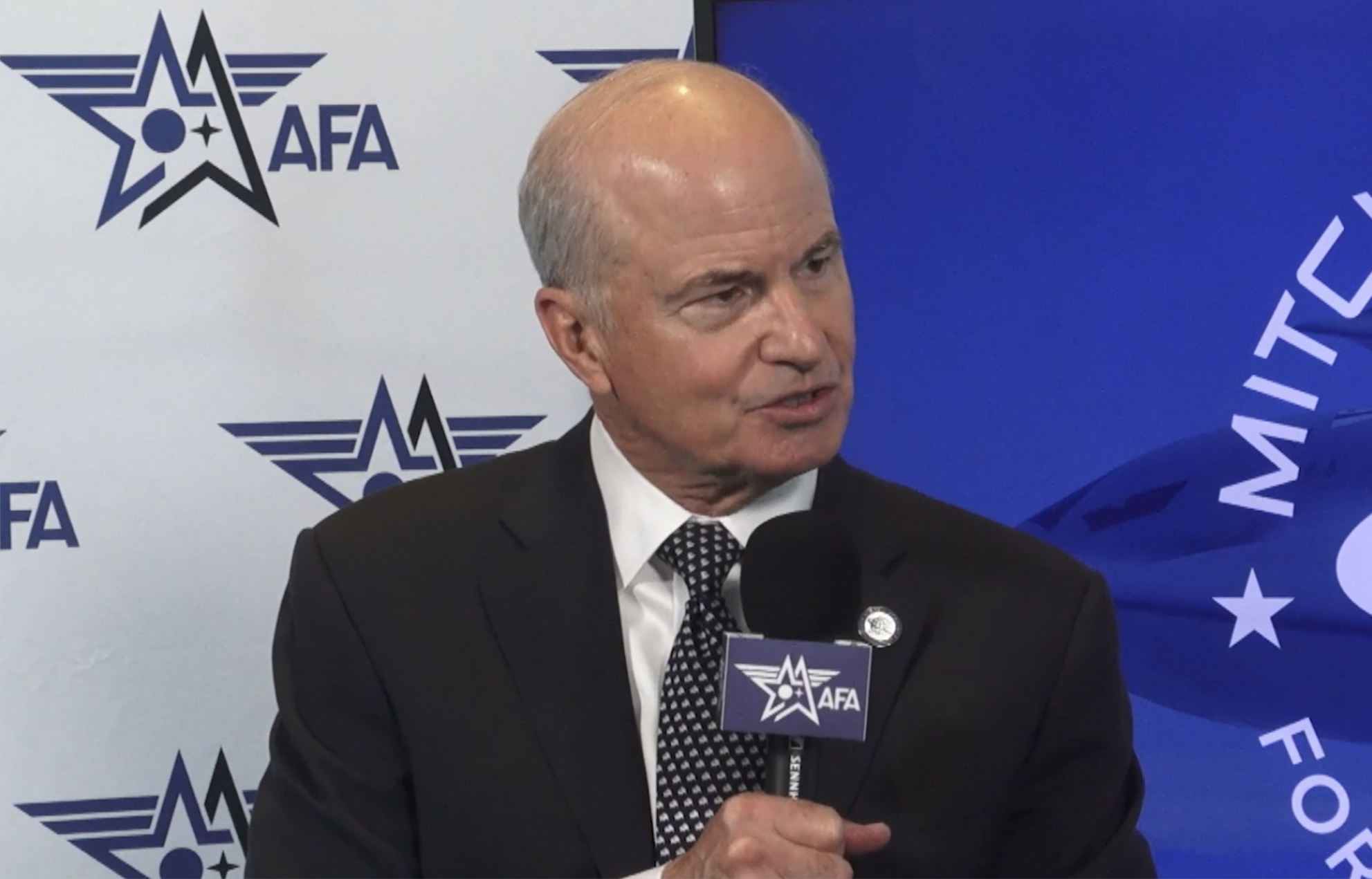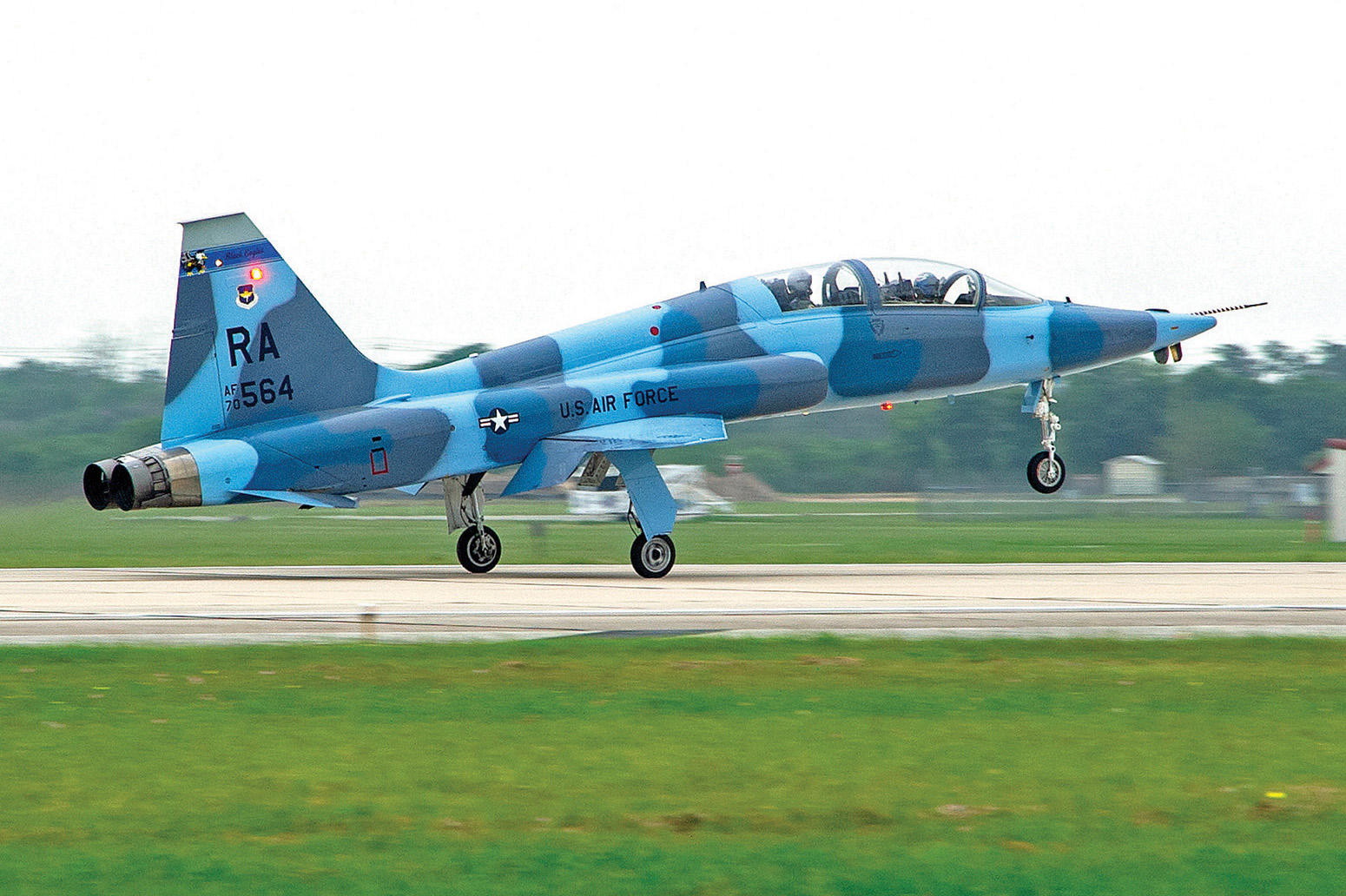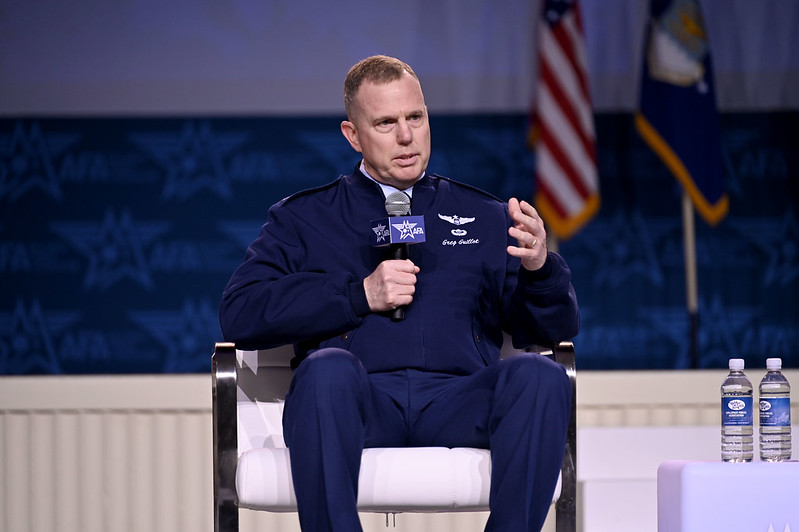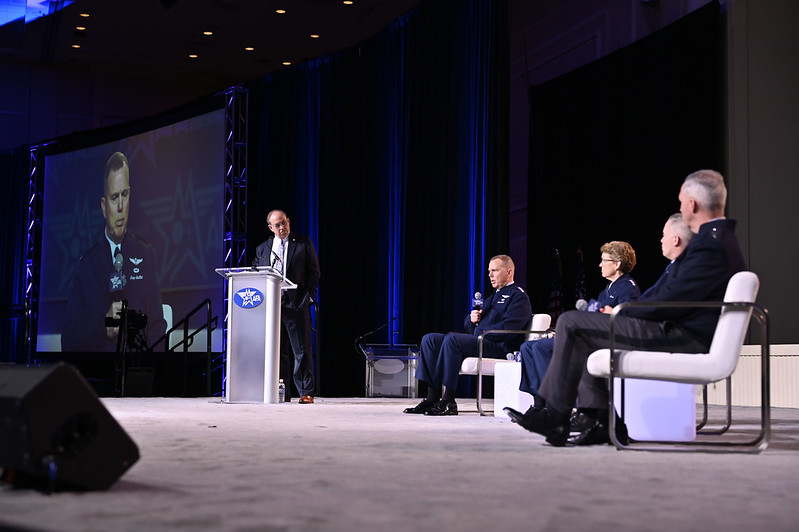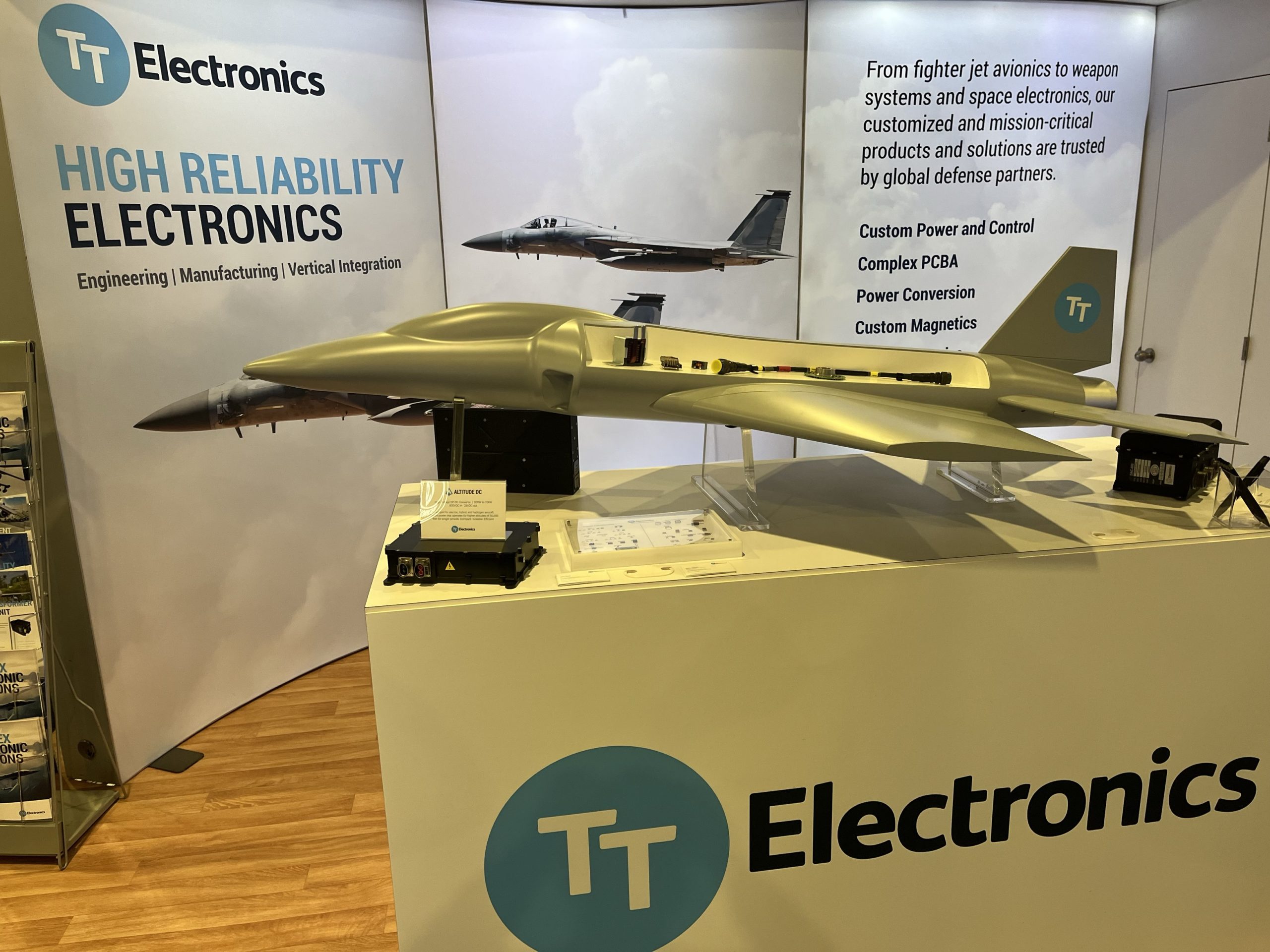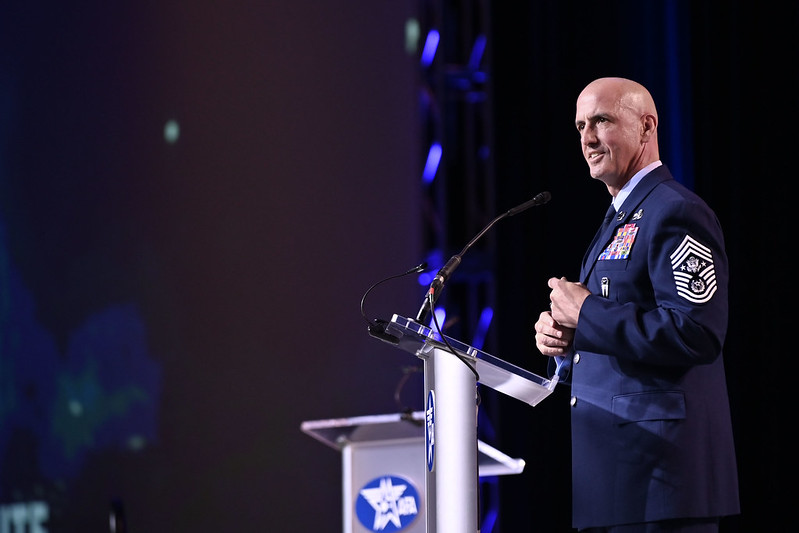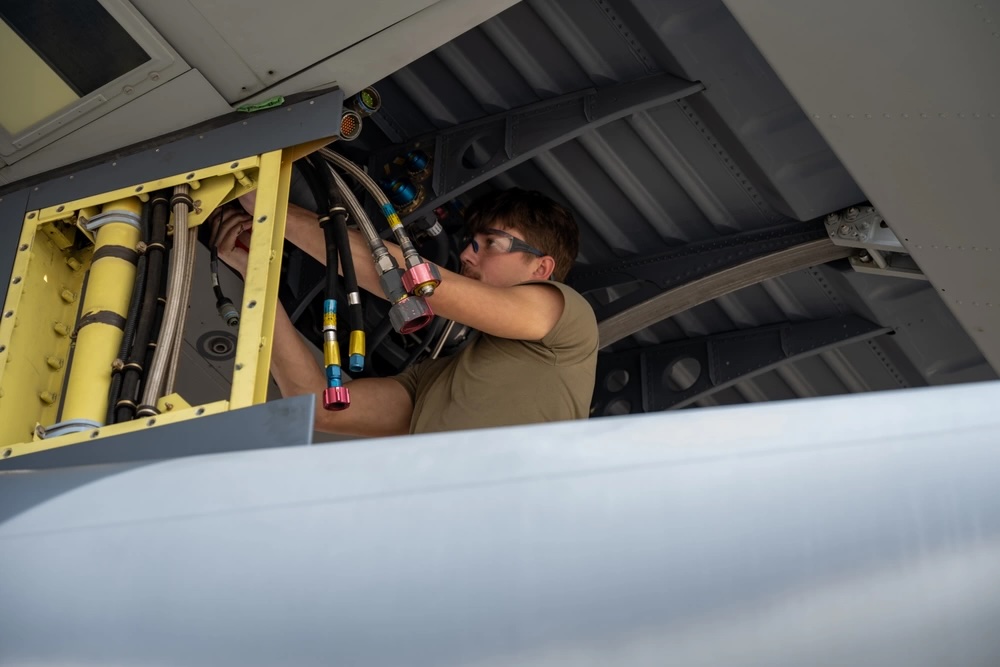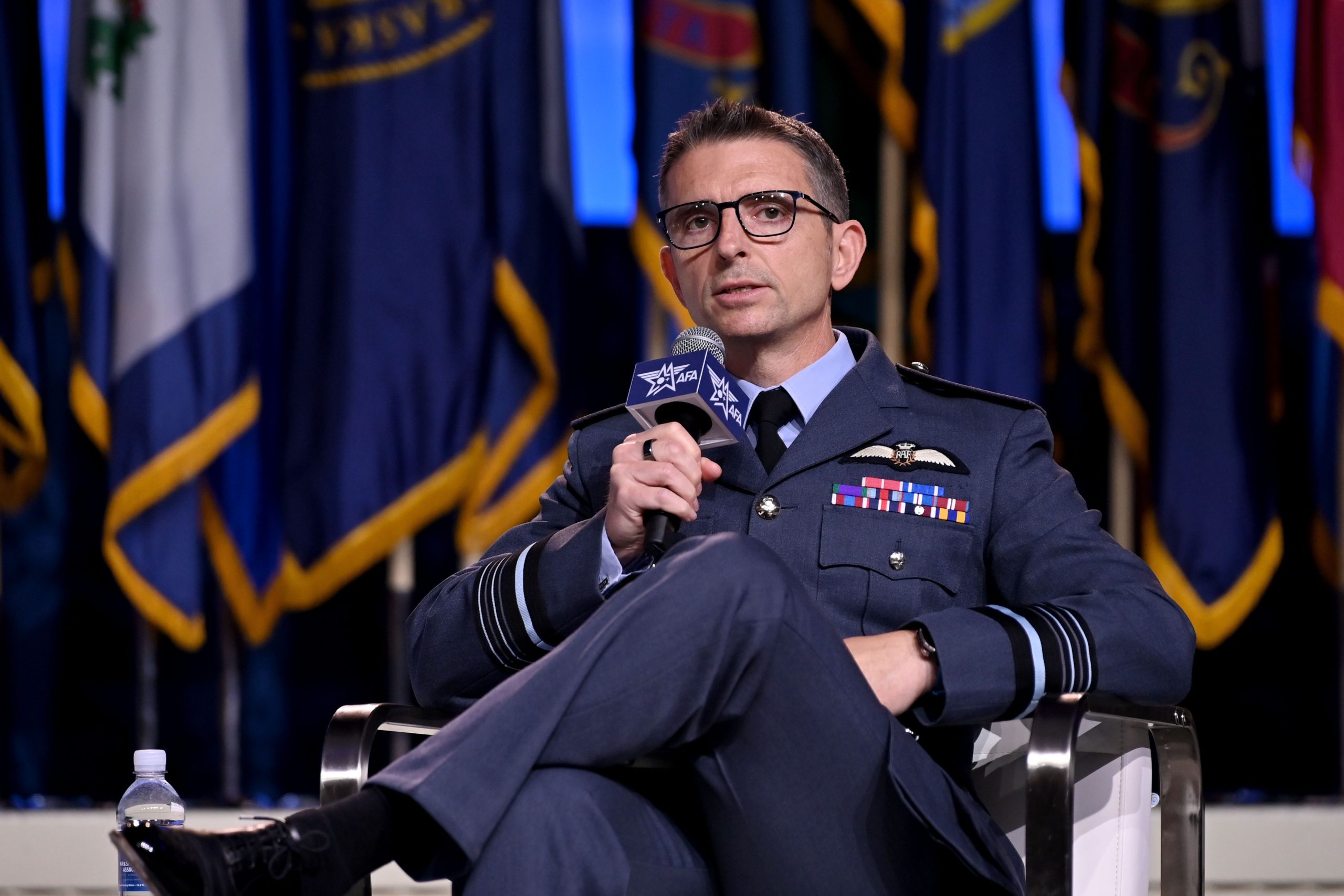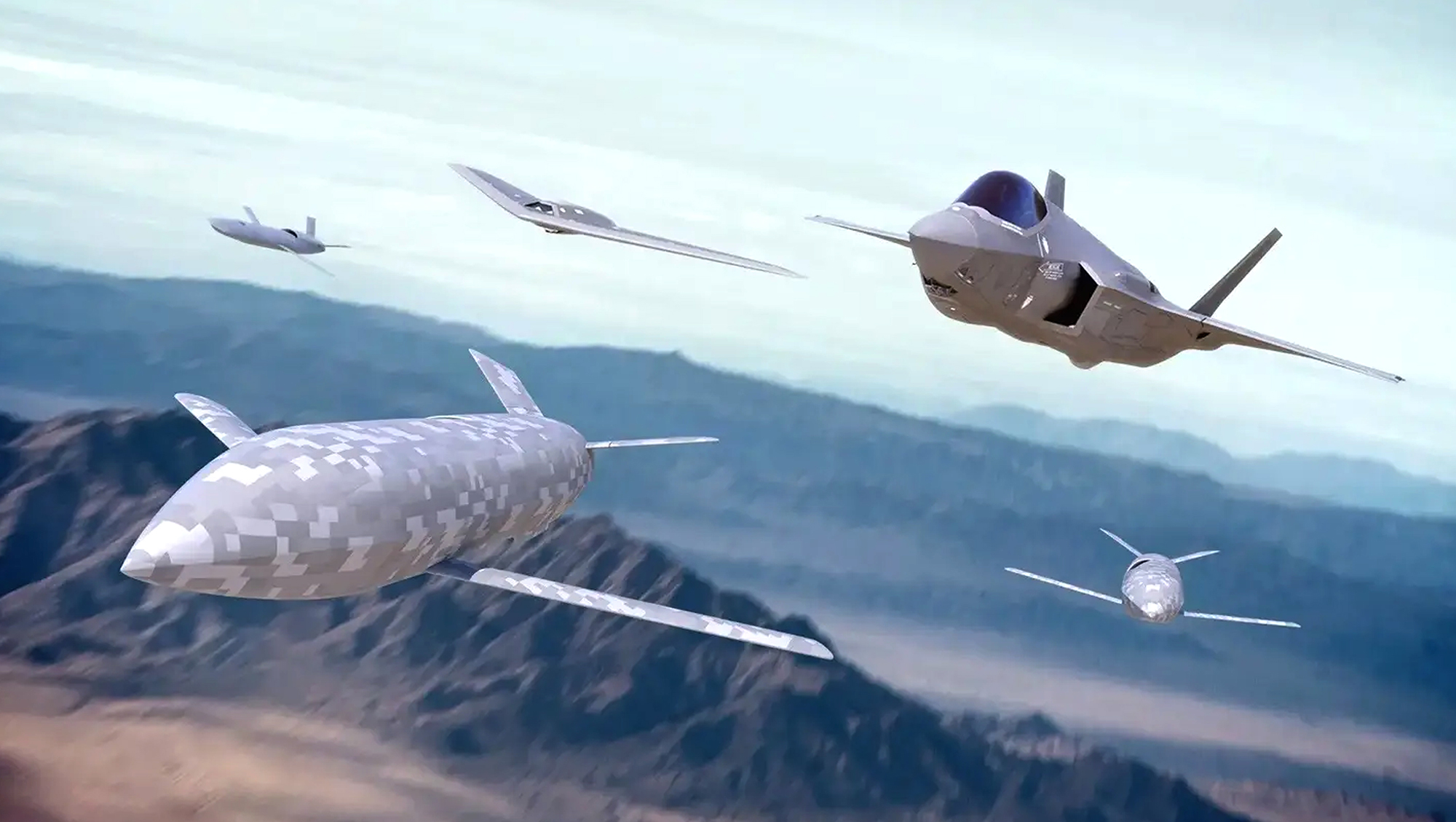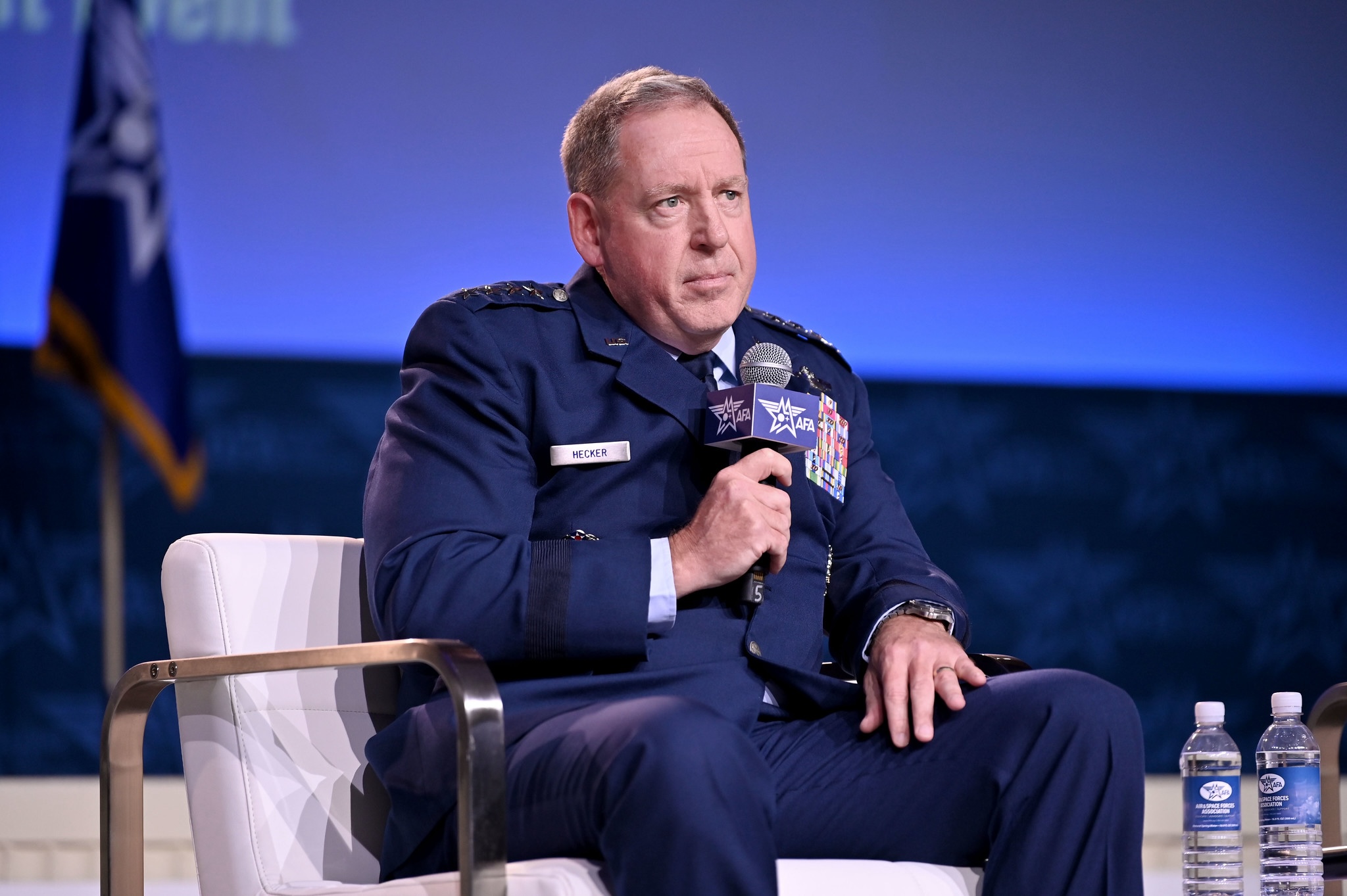Retired Gen. Kevin Chilton, Explorer Chair at the Mitchell Institute’s Space Center of Excellence (MI-SPACE), says the U.S. Space Force needs offensive counterspace capabilities to hold adversaries’ space assets at risk and to ensure U.S. access to space-based communications, precision navigation and timing, missile warning, and targeting when and where its needed by U.S. and allied forces in every domain. Chilton spoke with Air & Space Forces Magazine’s Editor-in-Chief, Tobias Naegele, at AFA’s 2024 Air, Space & Cyber Conference at the Gaylord Convention Center in National Harbor, Md.
